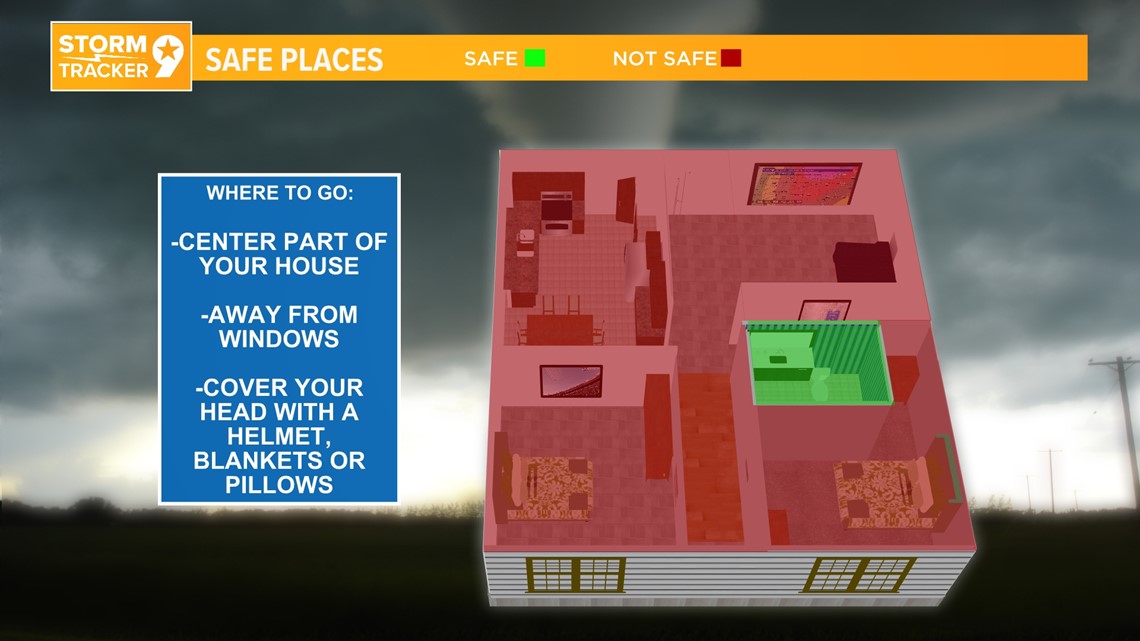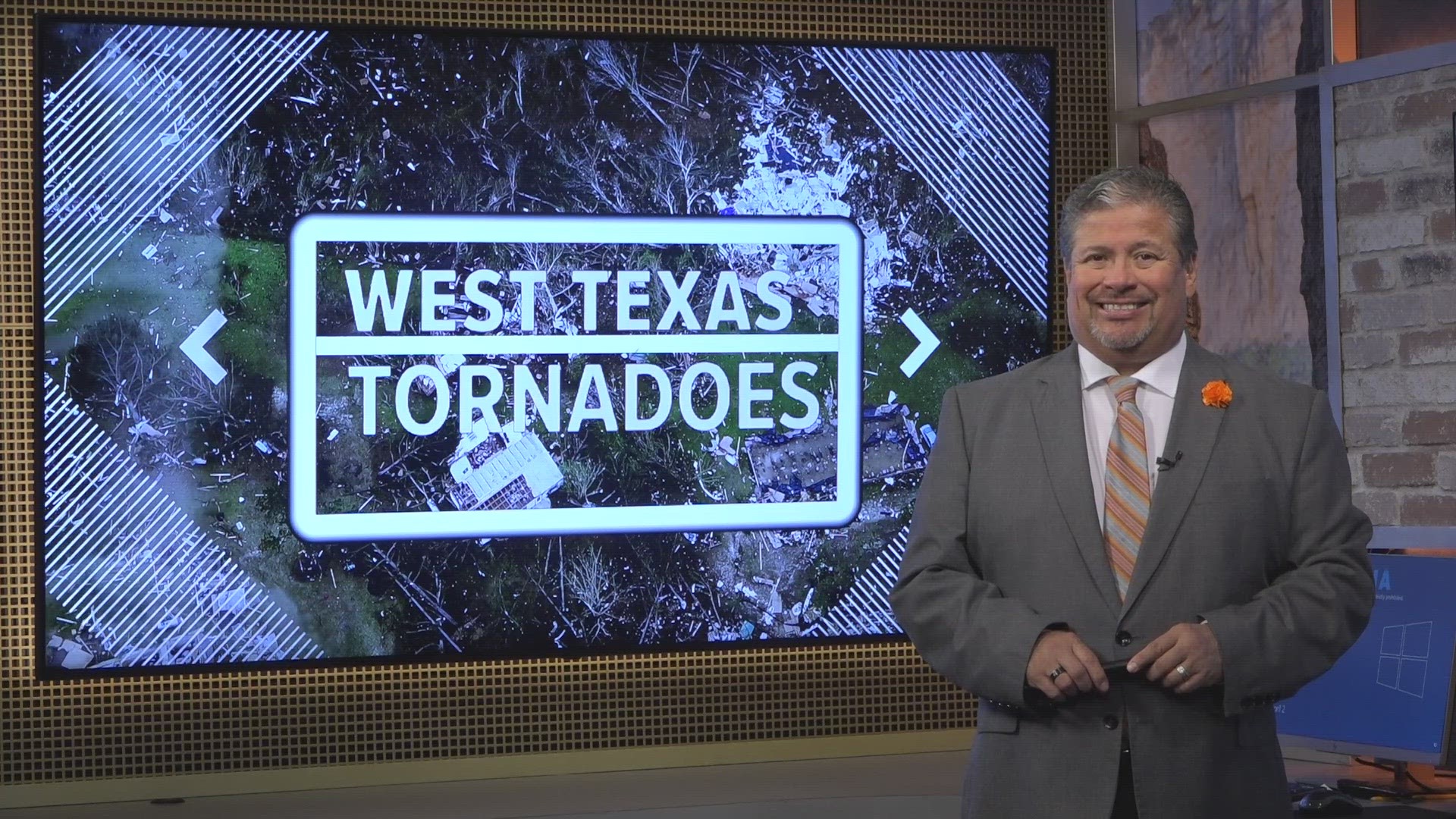For severe weather preparedness week, NewsWest 9 Meteorologist Dan Grigsby takes a look at tornadoes, the most damaging weather phenomena.
Tornado season is upon us and the northern portion of the Permian Basin is within tornado alley. It's not uncommon for West Texas to see tornadoes in the spring and thankfully, they tend to be pretty weak.
But what causes tornadoes to form and why do they occur here? Well, as it turns out, West Texas is generally flat, which allows for an ideal tornado development environment.

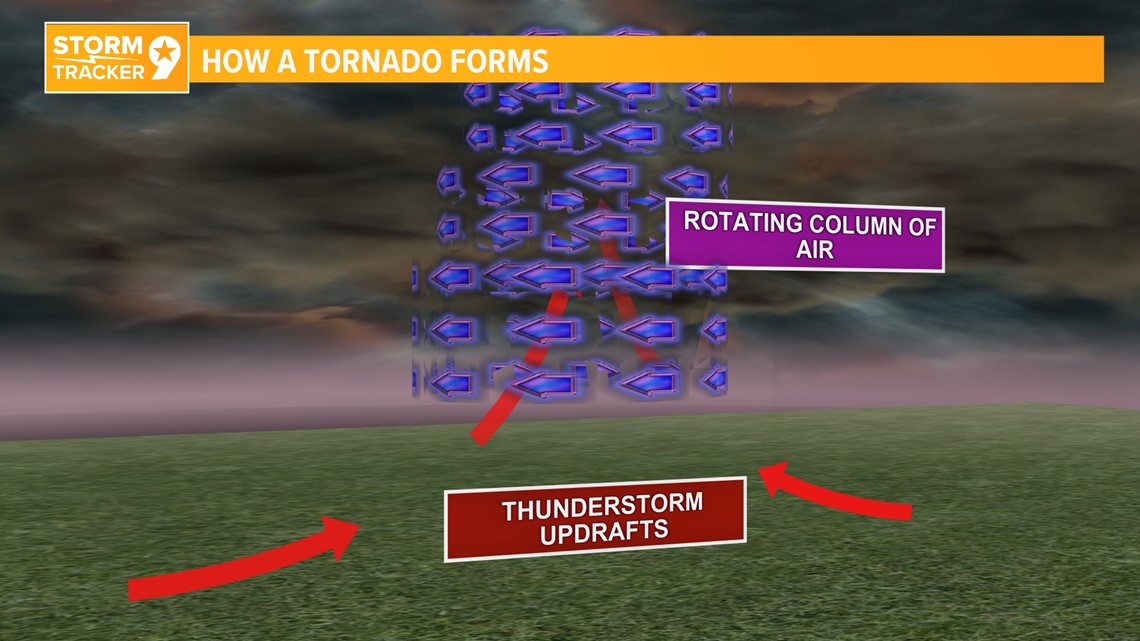
It all starts with light surface winds beneath a layer of stronger upper-level winds. This creates something call vertical shear, which can create a rolling motion in the atmosphere. As it turns out, this column of rotating air can become manipulated and intensify when thunderstorms are present. The updraft of a thunderstorm rotates this column of air upward to create a vertical column of spinning air. When the column gets stretched out and condensed, a wall cloud forms which often drops to the ground creating a tornado.

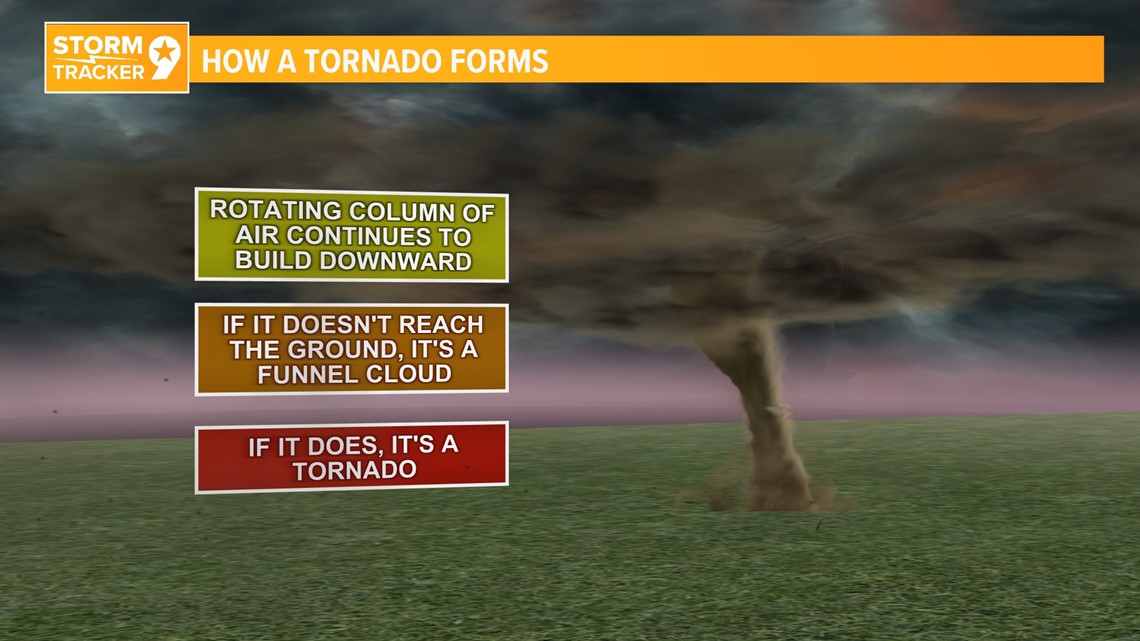
Most tornadoes are weak, in the EF0 category. These have wind speeds of 65 to 85 miles per hour which typically causes minor damage.
An EF1 is the next step up, which can cause more extensive damage, such as uprooting small trees and snapping power lines.
An EF2 has wind speeds between 111 and 135 miles per hour, causing considerable damage. Cars are often flipped over and rooves can become ripped away.
An EF3 can toss cars around like toys and blow off entire second stories to homes.
An EF4 generally results in extreme damage with most homes completely leveled.
Finally, EF5 can cause wind speeds of over 200 miles per hour, leaving homes completely swept away and typically nothing but the concrete foundation in its wake.

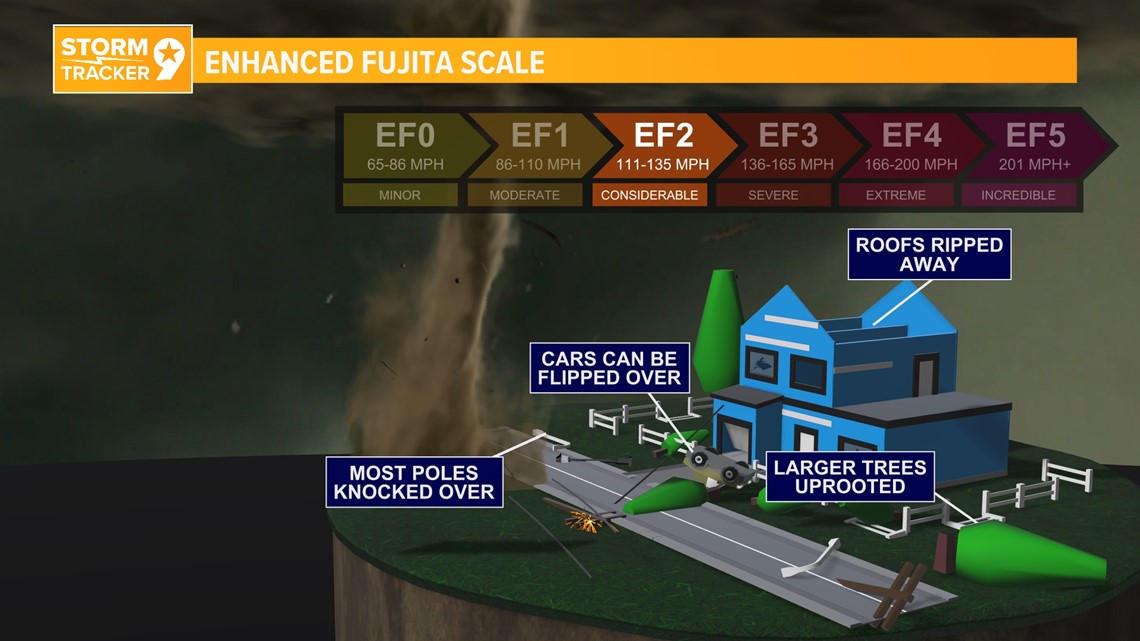
So, what should you do if a tornado is coming? Well, if you have the option, you want to go underground. Since most people don't have basements or storm cellars in West Texas, the next best option is to hide inside an interior room or closet on the first floor. You want to have as many walls as possible between you and outside.
It's also recommended to wear a helmet and body pads if you can. If you're on the road, or if you live in a mobile home, it's recommended that you move to a neighbor's house or a nearby structure that's more solidly built. If that's not an option, find a ditch outside and lie down flat on your stomach with your face down.

